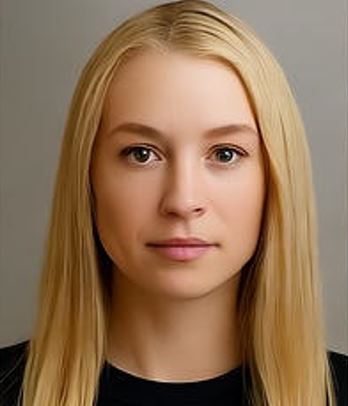Huge crowds at the Vienna StadtGartl: 9,000 applications for gardens!
On May 15, 2025, over 9,000 registrations for garden plots were registered in Vienna's StadtGartl. The award is made by lottery.

Huge crowds at the Vienna StadtGartl: 9,000 applications for gardens!
The interest in the newly offered garden plots in Vienna's StadtGartl is enormous. On May 15, 2025 it was announced that more than 9,000 registrations had been received. The project enables interested citizens to rent unused space at affordable prices and contributes to the active use of urban green spaces in Vienna. The coveted plots are awarded in a lottery process under notary supervision and using a random generator to ensure a fair chance for all participants. The handover of the garden plots is planned for the end of June.
The garden plots in Vienna's StadtGartl 21 and 22 are between 70 and 120 m² in size and are rented for a period of 3 ½ years. In Vienna's StadtGartl 21, located on Julius-Ficker Straße, there are 31 gardens available that are specifically designed for families, at a price of 430 euros per year. The Wiener StadtGartl 22 on Biberdeckenweg, on the other hand, offers 18 gardens for all Viennese at a price of 460 euros per year. The possibility of moving up next in line if a winner does not accept provides additional opportunities.
Strengthen community and infrastructure
A central concern of the Wiener StadtGartl is the promotion of social interaction. In addition to the individual plots, there are communal areas that support exchange and mutual learning between garden lovers. Shared facilities include a building with cooking facilities, toilets and water and electricity connections. This infrastructure is particularly important to enrich the overall gardening experience.
The plots are delimited by natural hedges and each plot is equipped with a pergola that serves as storage space for garden furniture or equipment. In order to maintain ecological standards, environmentally friendly building materials are used and surface sealing is excluded in the communal buildings. This approach not only makes sense to minimize the ecological footprint, but also to ensure sustainable use of the garden.
An example of urban garden funding
The Vienna StadtGartl reflects a growing need to use urban spaces more effectively and to create available space for community purposes. According to a study by the Institute for Ecological Economic Research (IÖW), community gardens are highly sought after in urban areas. In Berlin, for example, more than 100 community gardens harvest around 740 tons of food every year and regularly attract around 20% of the city's residents. Research shows that the need for new gardens is very high. In this context, it is recommended to improve support for garden initiatives and to introduce permanent contact persons in the city administrations.
The “Garden Services” project highlights the social and ecological value of urban gardens and shows that these places not only lead to relaxation, but also promote social cohesion. Cities like Stuttgart and Dortmund are already working on measures to support community gardens, which can also serve as inspiration for Vienna.

 Suche
Suche
 Mein Konto
Mein Konto
